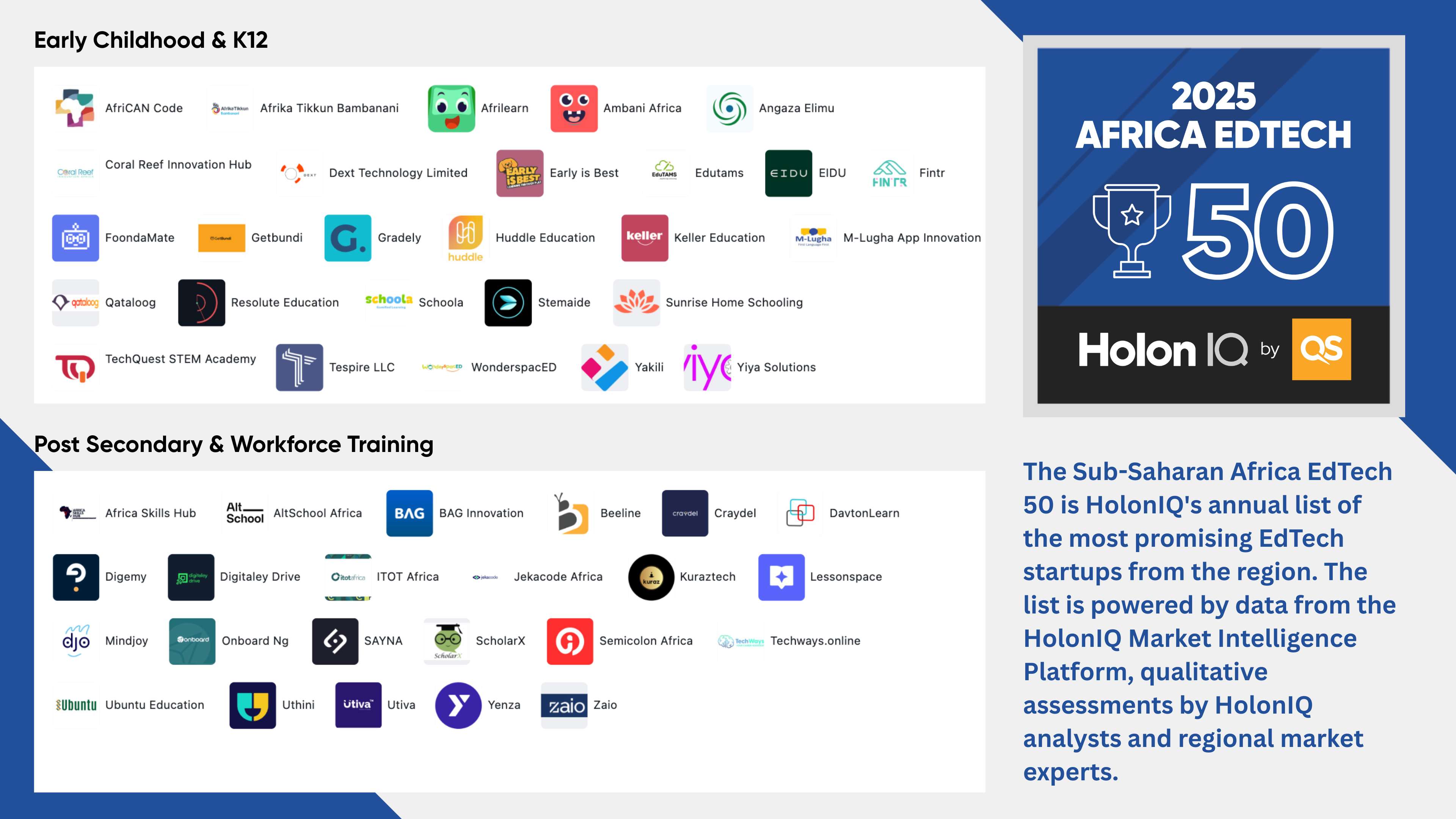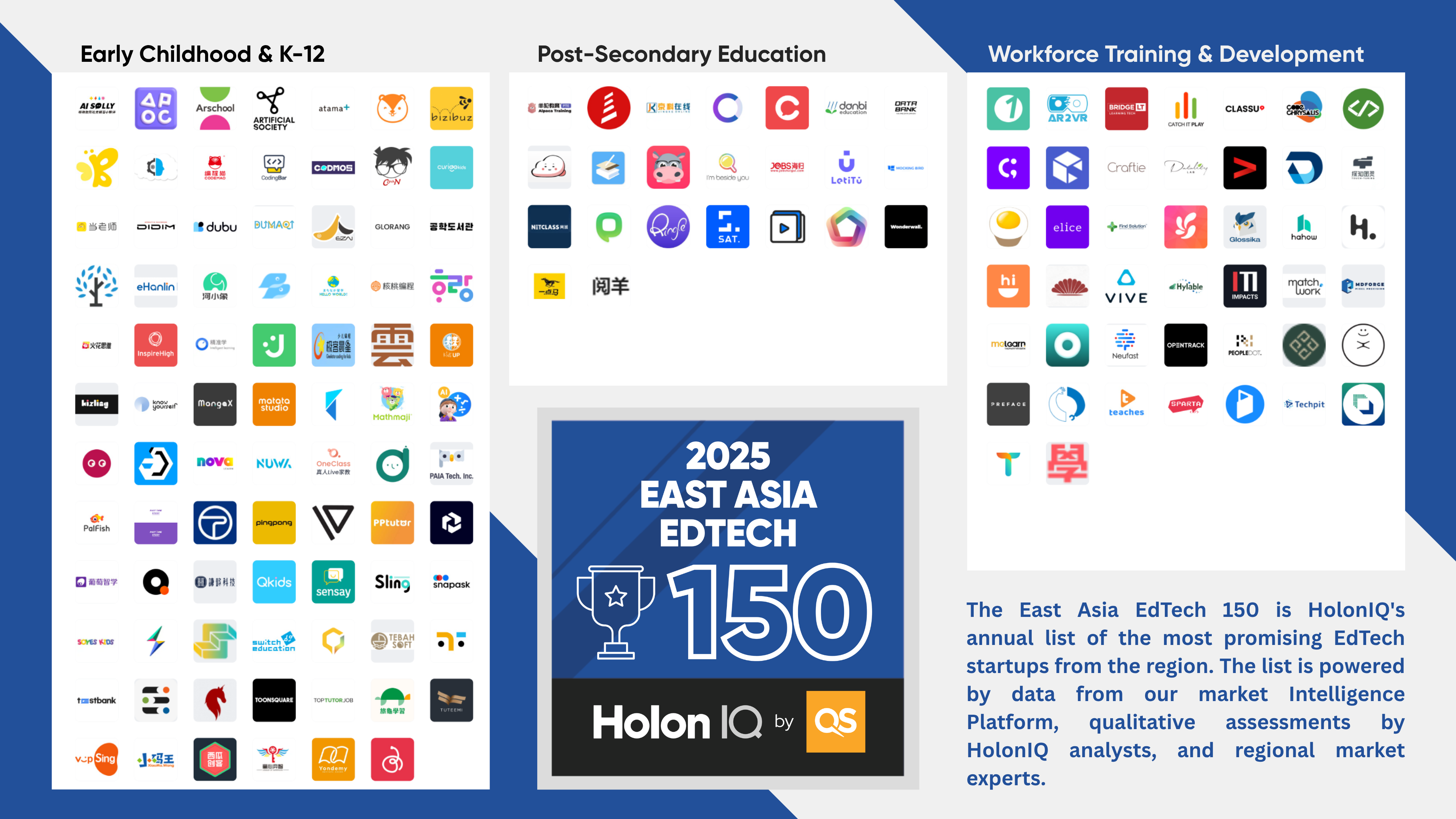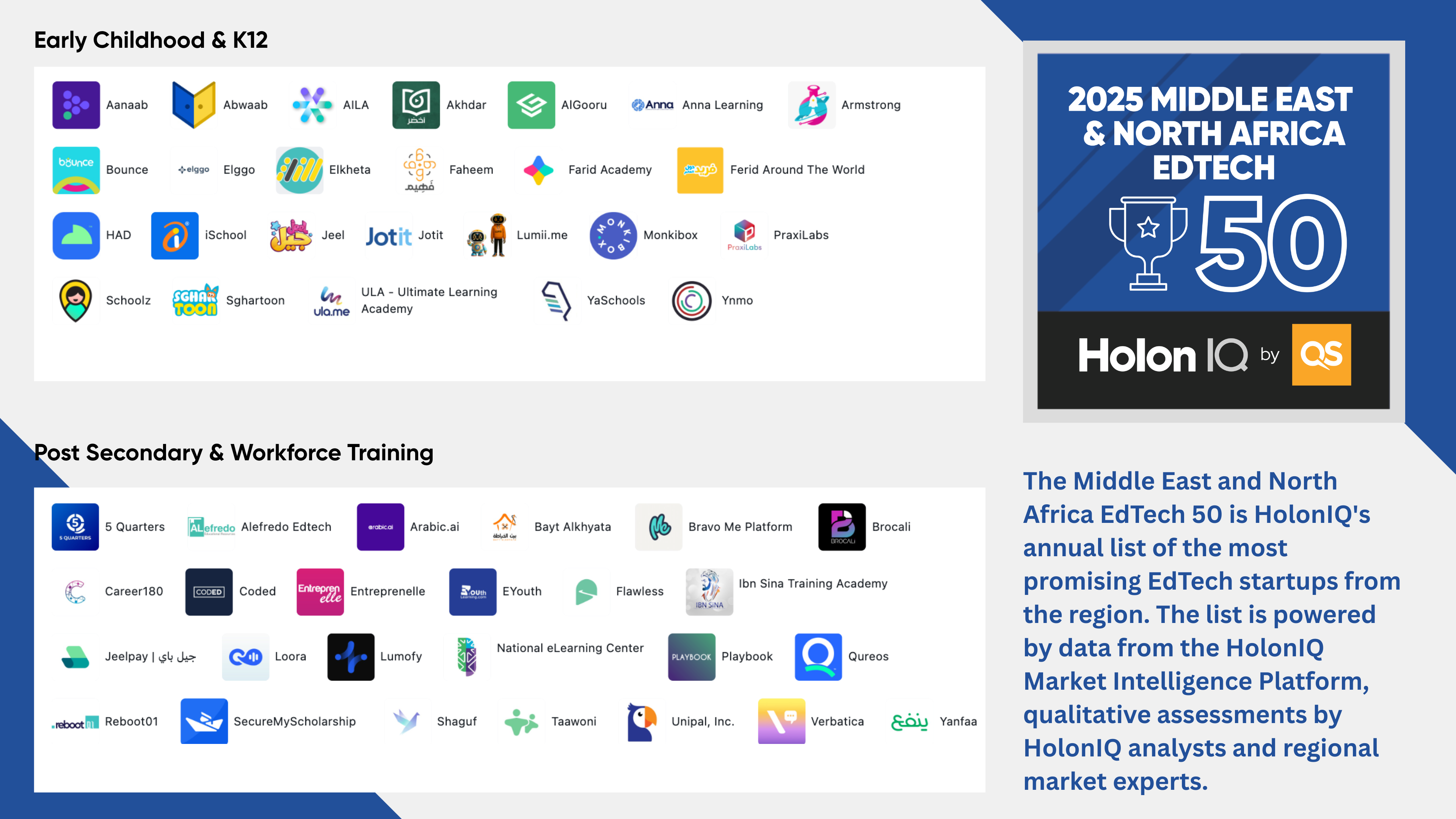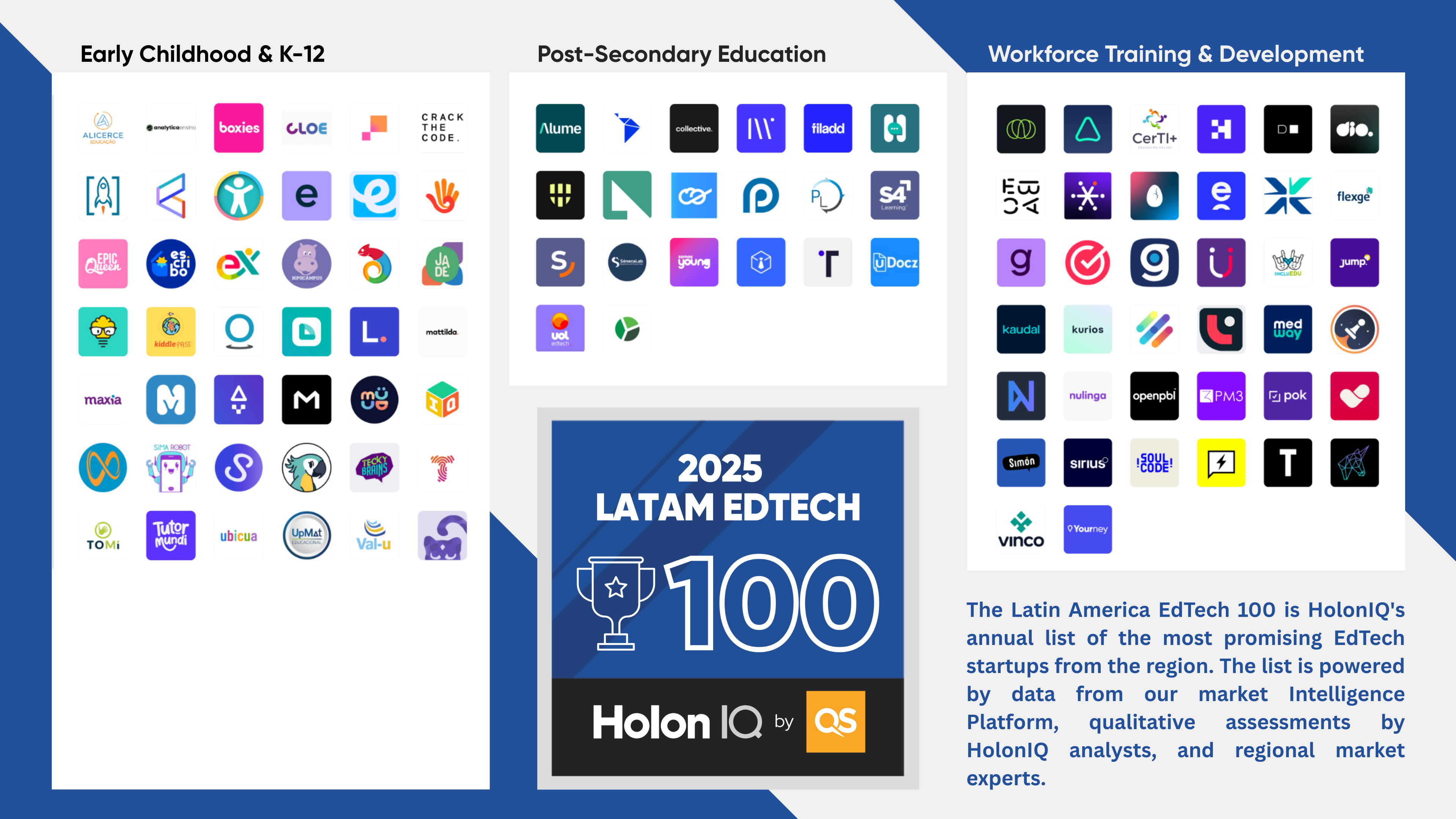By 2030, K12 Schools will educate nearly one billion more students than today, bringing the total population with at least a primary or secondary education to approximately 5 billion people.
This means we will need an average of 1.5 million more teachers per year based on today’s education models and another one million more schools to achieve the Sustainable Development Goals for Education set by the United Nations.
A country’s schools are arguably the most critical of all national infrastructure and fundamental to long term competitiveness as well as social and economic value creation. Unlike roads, bridges, buildings and railways however, education is seldom thought of as infrastructure. Nation building systems that we need to connect, renew and revitalise to keep up with a rapidly growing and changing population.
In building HolonIQ’s education intelligence platform, we are always looking for novel ways to think about and map the most important infrastructure for the fourth industrial revolution, education. Perspectives that challenge us to think differently and look at national and global education systems through a different lens.
Currently HolonIQ indexes over 500,000 K12 Schools, predominantly in China and the US. We mapped those schools geospatially revealing a story not often seen. One that follows the learning communities of over 1.5 billion people in two of the worlds largest economies.
Combined with other data such as population growth, internet connectivity, socio-economic and educational outcome indicators, we can imagine maps like these prompting some fascinating conversations about how to support education systems and perhaps the most critical investment of all – human capital infrastructure.
We hope you enjoy the maps and greatly appreciate your feedback and ideas.
250,000 Chinese Schools



100,000 US Schools









.png)







